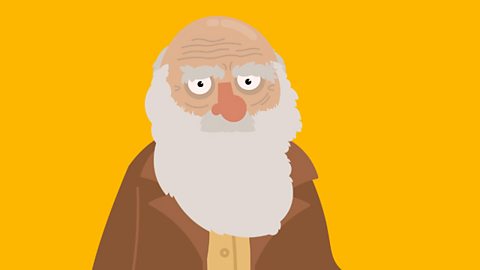Terrific Scientific
How to use Terrific Scientific in the classroom
Plastics
This investigation looks at what plastic is, what itâs used for and how it impacts on the environment. The practical element investigates how plastics can get into the water cycle.
- AttributionKS2 Science âą Ages 7-11
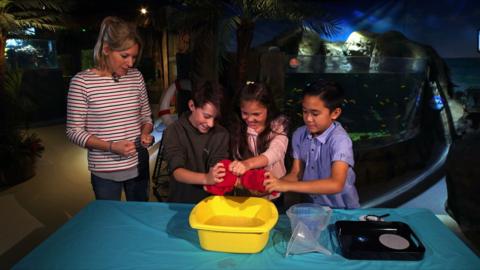
Light
This investigation looks at light and shadows. Children use torches to explore how light travels and what happens when light hits opaque and transparent objects.
- AttributionKS2 Science âą Ages 7-11
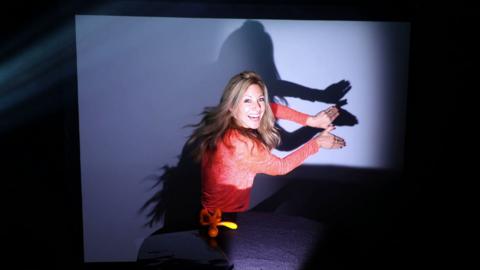
Motion
In this investigation children look at Newtonâs Laws of Motion by creating a marble run and using variables to demonstrate forces.
- AttributionKS2 Science âą Ages 7-11
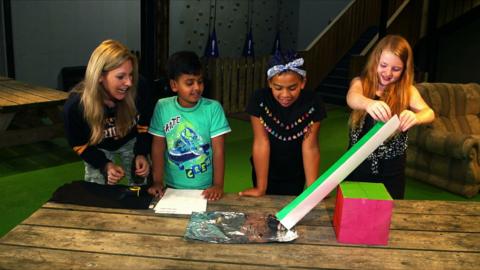
Taste
Children find out what happens when we eat by examining their taste buds. Are they non-tasters or super-tasters â and how does this relate to the kinds of foods they like or dislike?
- AttributionKS2 Science âą Ages 7-11
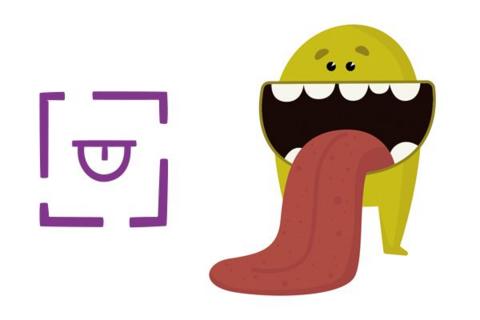
Exercise
Can exercise improve your brain function? Children try out 3 different types of exercise over differing durations to find out which one has the best effect on their memory and cognitive function. Before and after each exercise, they carry out a reaction test on paper.
- AttributionKS2 Science âą Ages 7-11

Feet
How are our feet adapting? By measuring the size and flex of their feet and recording the kinds of surfaces they mostly walk upon, children investigate if there is a correlation between walking surface and foot flexibility.
- AttributionKS2 Science âą Ages 7-11
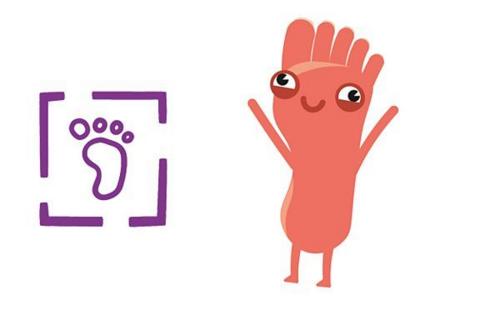
Trees
How do trees help us to breathe? Children carry out an audit of some of the trees in their school grounds (or local park) to work out their carbon value. Also learn about the life cycle of a tree and the wildlife it supports.
- AttributionKS2 Science âą Ages 7-11

Grow
Children build growth chambers to investigate the effects of light and temperature on the growth of spring onions.
- AttributionKS2 Science âą Ages 7-11
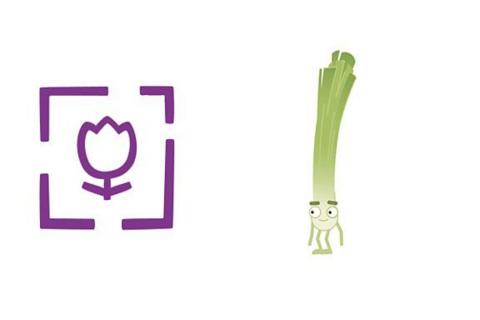
Water
A great introduction to the properties of water and the Water Cycle. Children test the water that comes out of the tap in their classrooms to see if it is hard or soft, due to the amount of minerals in it. Then they test the âMpemba Effectâ, to see if warm water freezes faster than cold.
- AttributionKS2 Science âą Ages 7-11
Time
How does the movement of the earth around the sun affect time? Children will find out about the earthâs orbit and day length/seasons around the world as they test what happens when the clocks change.
- AttributionKS2 Science âą Ages 7-11
Forces
In this investigation, children learn about air resistance and aero dynamics, as they design costumes to slow down a fast runner and then test out their designs.
- AttributionKS2 Science âą Ages 7-11
Power
How much electricity does your school use and how can you reduce that amount? By recording electricity usage over a period of days, children learn about how electricity is generated and how it works (circuits etc) as well as investigating sources of sustainable energy.
- AttributionKS2 Science âą Ages 7-11
Question
In the Question investigation, we hand over the science to budding scientists, by asking pupils to create their own scientific questions, and to develop their own investigations.
- AttributionKS2 Science âą Ages 7-11
Additional resources
Terrific Scientific: Investigations additional resources
Extra resources that tie in with the investigations.
Special Educational Needs and Disability resources
Resources to support participation by SEND pupils working at KS2 Level or equivalent.
Terrific Scientific map results
UK maps showing the results of the Terrific Scientific investigations.
Amazing People
Download our classroom activities, created by Amazing People Schools and adapted for ±«Óătv Terrific Scientific, and find out more about Charles Darwin, Isaac Newton, William Harvey, Sanford Fleming and Joseph Banks.
